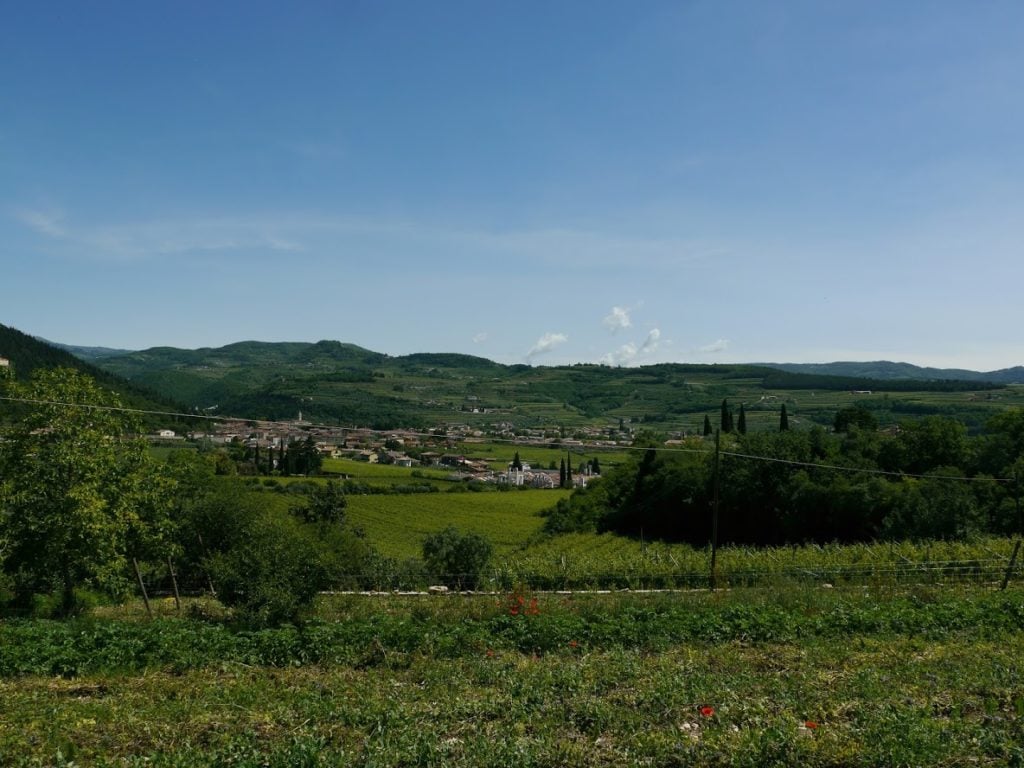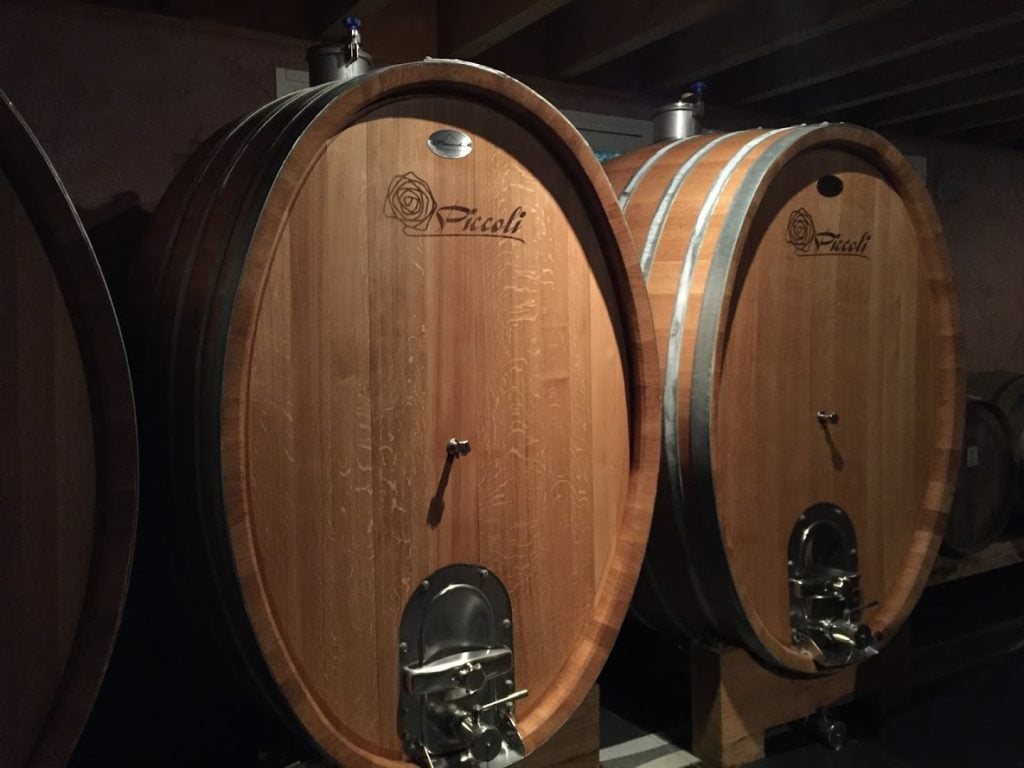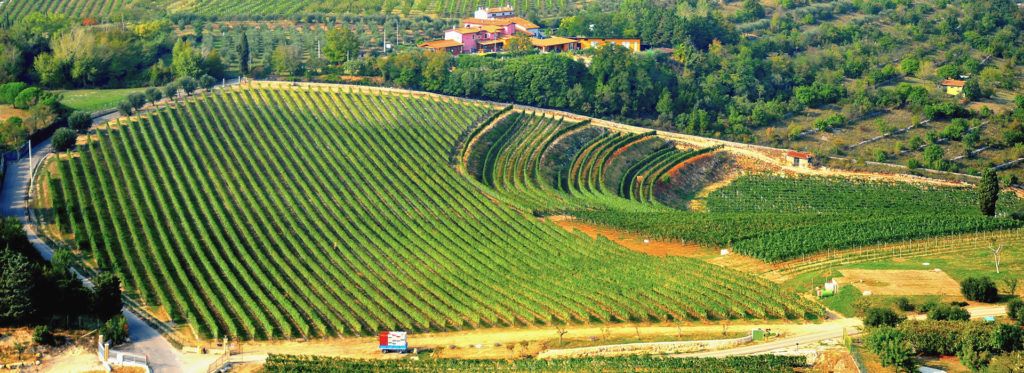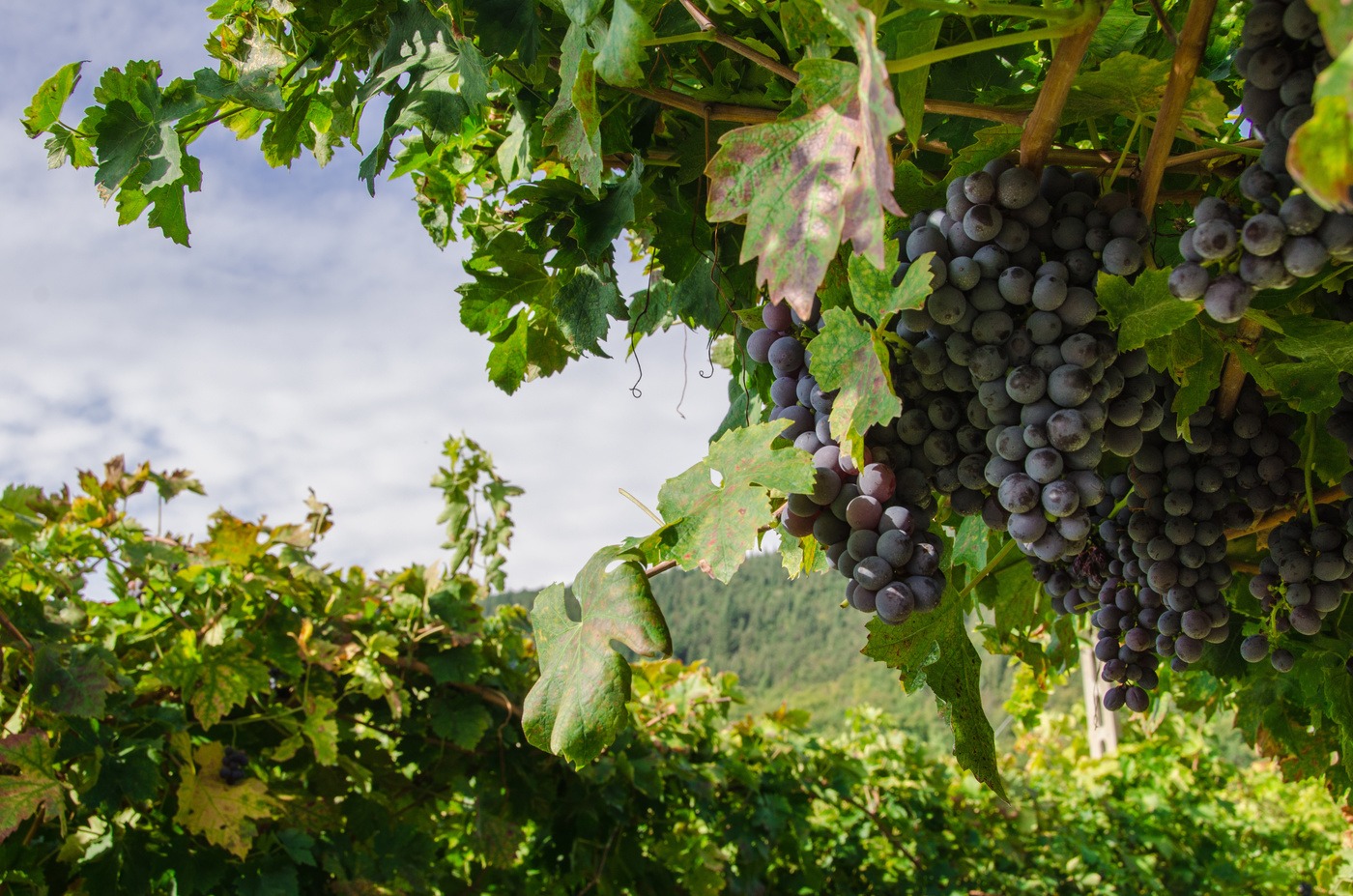Amarone is a rich red wine that originates from Valpolicella in the Veneto region of north-eastern Italy. Known for its very strong, powerful flavour. It also has a high alcohol percentage of up to 15-16 percent. Amarone is a firm favourite here at Vincarta. So, we wanted to give it the spotlight it deserves. In this short guide, we’ll talk you through everything you need to know. From the history, the creation and the taste of a typical bottle of our favourite wine. While our main aim is to give a wide overview of Amarone, there’s plenty of refreshing facts for you aficionados.

Amarone through the ages
It’s thought that the creation of Amarone dates back as far as Ancient Rome. Amarone was the perfect fit for the Roman’s taste for highly alcoholic wine.
According to legend, Amarone’s creation was accidental. After a neglected barrel of Recioto over-fermented. When the wine maker recovered the barrel, the dry, mellow and aromatic wine inside was an unexpected joy. And, in that moment, Amarone as we know and love it, was born.

Quality and quantity
Amarone’s birthplace, Veneto, produces the largest amounts of wine across Italy. On average the region produces 10 million hectolitres each year. Although much of it is mass-market plonk. But certain world-class Valpolicella producers create amazing wine. These include:
- Monte dei Ragni
- Novaia
- Quintarelli
- Our friends at Piccoli
As of 2011, Amarone is classified as a DOCG wine. This means the production of the wine is closely controlled and governed. This ensures that only the best quality grapes make it into your bottle. It also means you’re buying something that has been meticulously created.
However, this means a good bottle of Amarone will usually set you back about £30-£50. This cost is justified when you consider the volume of grapes used during the production, as well as the time it takes to create a bottle.
From vine to Vincarta – Amarone’s epic journey
To classify as an Amarone, the wine must only include a permitted variety of grapes. These include:
- Corvina
- Corvinone
- Rondinella
To turn these grapes to wine, Amarone producers use a process known as ‘appassimento’. The winemakers dry out the grapes for three to four months, press them slowly, and then ferment them until dry. After this, they age the wine in barrels for two to five years – depending on the required finish of the wine. The wine is then bottled, ready to ship around the world.

The taste of Veneto in a single glass
Amarone wines are rich, vibrant, full-bodied and powerful. This is thanks to their protracted drying, fermenting and ageing process. This process gives the wine a more ‘concentrated’ taste.

Image credit: http://www.piccoliwine.it/en
Picking the perfect pairings
A bottle of wine is best enjoyed with good company and even better food. Amarone is decadent enough to be drunk as an evening tipple (like you would a glass of port). Or as an accompaniment to rich and hearty food.
If you’re keen to complement Amarone with your next meal, we have a few personal recommendations:
- Red meats, such as: steak, venison or even reindeer (if you’re brave enough!)
- Game
- Stew
- Charcuterie
- Ripe cheese (such as parmesan and Gorgonzola)
- Dark and bittersweet chocolate
In other words, this wine is perfect for a ‘date night’ meal. It goes beautifully with an after-dinner cheese board. Or suits an evening of chocolate-scoffing (no judgment here).
Don’t take our word for it, taste it too
For an authentic taste of one of Italy’s finest wines, why not try a bottle or two for yourself? And, if you do decide to taste test an Amarone, let us know what you think! We’d love to hear your thoughts.




